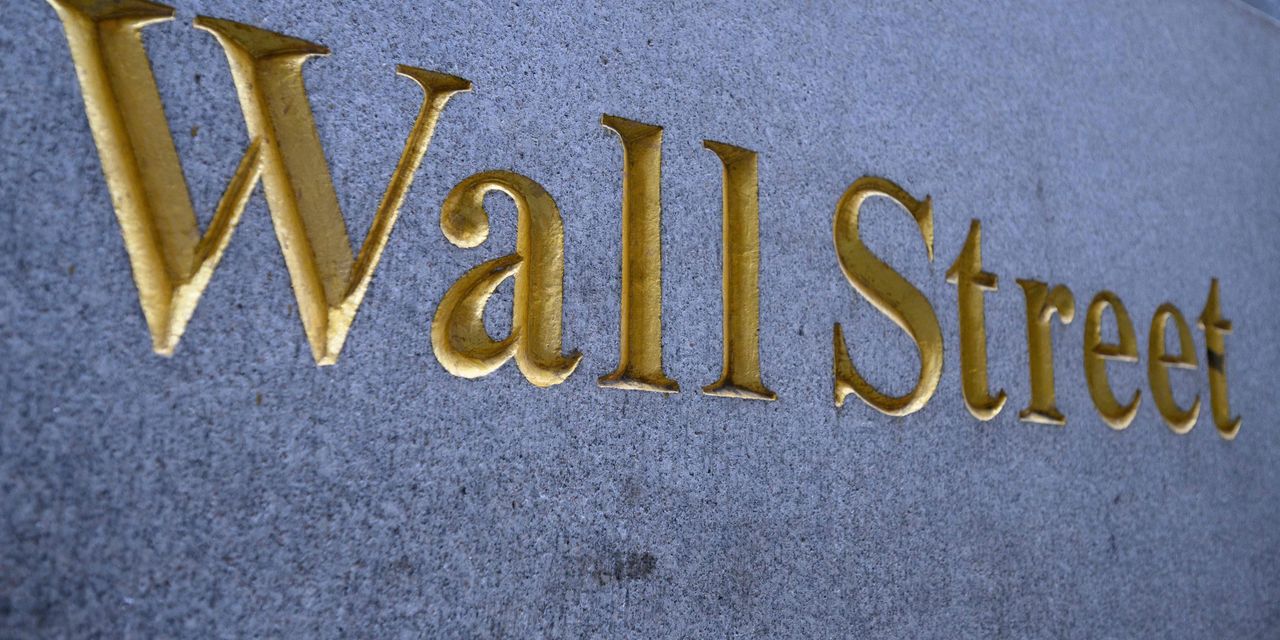A flurry of merger deals on Monday marked a bullish sign amid talk of lower bonuses and potential layoffs awaiting investment bankers on Wall Street.
The deal parade of more than $12 billion on Monday included Vista Equity’s take-private of Avalara Inc.
AVLR,
for $8.4 billion, followed by the $3 billion acquisition of InSinkErator garbage disposals by Whirlpool Corp.
WHR,
from seller Emerson Electric Co.
EMR,
Also, United Parcel Service Inc.
UPS,
confirmed the purchase of Italy-based healthcare logistics provider Bomi Group for an undisclosed sum. The Wall Street Journal had reported over the weekend that UPS was nearing a deal to buy Bomi for several hundred million.
Finally, digital media company Axios Inc. said it has agreed to be acquired by privately-held Cox Enterprises Inc., in a deal that reportedly values Axios at $525 million.
Wall Street analyst Kenneth Leon of CFRA Research said the M&A activity signals a bright spot. However, speculation over Wall Street’s storied head count will likely come to a head by October, when there’s better visibility toward the end of the year.
“Bonuses will be the first cutback scenario, but in January if management feels there’s negative sentiment coming in the first half of 2023, then there could be some [head count] cutbacks of 5% to 10%,” Leon said. If 2022 appears to be in better shape, banks may instead just enforce smaller, “tactical types” of head count reductions, he said.
While merger and acquisition activity has been gaining traction in recent weeks, equity underwriting for initial public offerings has dropped considerably. Only 92 companies raised $9 billion in the first half of 2022, compared to 1,073 companies that raised $317 billion in all of 2021, according to figures from FactSet.
All told, investment banking and trading revenue for the nine largest global banks fell 7% in the second quarter, according to data from Jefferies. Broken out, investment banking fees fell 50%, led by advisory activity, while trading revenue increased by 17%, led by fixed income trading.
“While pipelines remain healthy, many banks cautioned that full conversion could be challenging given market conditions and greater uncertainty in the economic outlook,” Jefferies analyst Ken Usdin said in a July 31 note.
Citing July data, Usdin said investment banking fees could drop by 48% in 2022.
See: JPMorgan and Morgan Stanley shares slide after earnings fall short of estimates
Also Read: Goldman Sachs, Bank of America earnings shrink but offer some bright spots
Despite headwinds and the deal slowdown, head count by the six largest U.S. megabanks gained about 0.9% from the previous quarter and rose by 19,923 people or about 1.9% from the year-ago period to 1,088,378, according to data compiled by MarketWatch. The head count figures include totals from Citigroup Inc.
C,
Bank of America
BAC,
Wells Fargo & Co.
WFC,
Goldman Sachs Group Inc.
GS,
JP Morgan Chase & Co.
JPM,
and Morgan Stanley
MS,
Asked about possible cost cuts and potential head count reductions, CEOs at Goldman Sachs Group Inc. and Morgan Stanley said it remains too early to say, but the banks still continue to look to invest in their technology offerings and staff.
“We may slow the pace, but we’ll continue to grow the activities that support the growth of the firm,” Goldman Sachs CFO Denis Coleman said July 18.
On the other hand, Goldman will “probably” reinstate its annual performance review of its employee base at the end of the year after suspending it during the pandemic, Coleman said. In the past, these performance reviews could be used to lay off underperforming bankers.
Overall, Goldman plans to be “much more disciplined and focused on utilization efficiency of our human capital resources, given [the] overall environment,” Coleman said.
Morgan Stanley CEO James Gorman said the bank is conducting a “pretty systematic review” of all the projects going on around the firm. It’s not contemplating any significant cost reductions right now. The firm’s $20 billion stock buyback program and 11% dividend reflect its strength, he said.
“However, if things get worse, and in my career I’ve seen a lot of recessions, a lot of crises, a lot of damage done to the environment,” Gorman said on July 14. “If things really deteriorated, particularly in the U.S., then we’d take a much more aggressive position, and we obviously have the ultimate weapon, which is comp.”
Among regional banks, Citizens Financial Group Inc.
CFG,
CEO Bruce Van Saun said the bank may be keen to hire any investment bankers and that the lender continues to hire.
“We really have continued to look for opportunities to invest in the business this year, even if activity is subdued, [but] we’re not going to be running out and hiring a bunch of people,” Van Saun told MarketWatch. “Some of the big banks will stop hiring and maybe shed some people and that takes pressure off in the war for talent. We may see some opportunities to bring in people and upgrade our people if we see those opportunities. Beyond that, our head count picture is pretty stable.”
Also Read: Can an effort to revamp anti-redlining lending laws survive the swamp?
